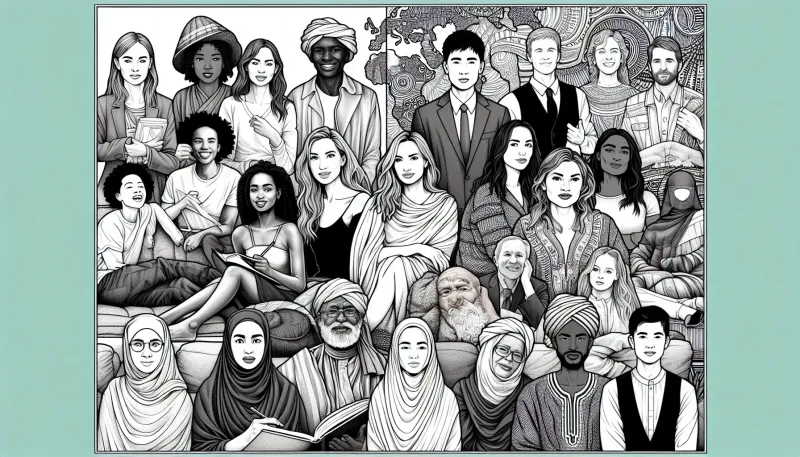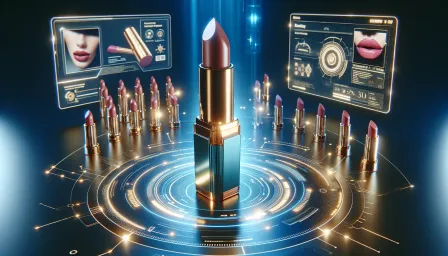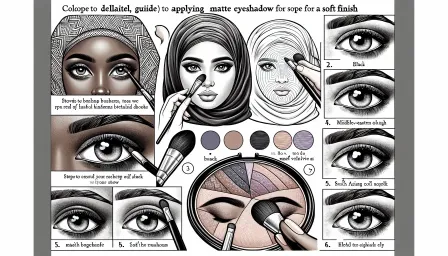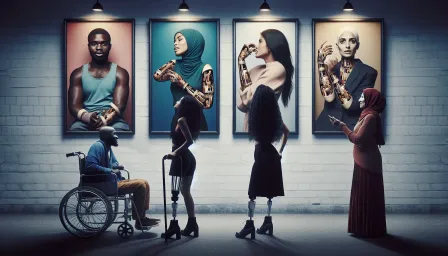How Beauty Standards Influence Self-Esteem Issues: A Deep Dive into Modern Society

Explore how contemporary beauty standards impact self-esteem issues and learn how to develop a healthier self-image. Discover valuable insights and practical solutions in this comprehensive article.
Beauty standards have always played a significant role in society. However, in today's digital age, their impact on self-esteem has become more profound and pervasive. This article explores how modern beauty standards impact self-esteem issues and offers practical solutions to develop a healthier self-image.
The Evolution of Beauty Standards
Historical Perspectives
Throughout history, beauty standards have evolved, heavily influenced by cultural, social, and economic factors. Ancient civilizations like Egypt and Greece had their unique beauty ideals, ranging from symmetrical facial features to certain body proportions. The Renaissance period praised fuller figures as symbols of wealth and fertility.
Modern-Day Expectations
Today's beauty standards, perpetuated by media and social platforms, often emphasize unrealistic and narrowly defined ideals of physical appearance. Platforms like Instagram and TikTok place significant pressure on individuals to conform to these standards, promoting a superficial image of beauty.
The Psychological Impact of Beauty Standards
Social Media and Self-Esteem
Research indicates that excessive use of social media correlates with increased self-esteem issues, particularly among teenagers. The constant exposure to edited and filtered images sets an unattainable benchmark, leading to feelings of inadequacy and low self-worth.
Comparison Culture
Comparing oneself to digitally altered images or idealized representations of beauty fosters a negative self-image. This phenomenon, known as "comparison culture," can severely damage one's self-esteem, leading to mental health issues like anxiety and depression.
Long-Tail Keywords: The Broader Impact
Impact on Different Demographics
Beauty standards affect various demographic groups differently. For instance, women are often more targeted by media portrayals of ideal beauty, leading to higher incidences of body dissatisfaction. Men, although less frequently discussed, also face pressure to achieve muscular and lean body types.
Children and Adolescents
Young minds are particularly vulnerable to the impacts of beauty standards. Children and adolescents exposed to idealized images at an early age are more likely to develop self-esteem issues, leading to long-term psychological consequences.
Strategies for Building a Positive Self-Image
Media Literacy
Education about the artificial nature of media images is crucial. Media literacy programs can teach individuals to critically evaluate the images they see and understand the manipulative techniques used in advertising and social media.
Affirmation and Self-Love
Practicing positive affirmations and cultivating self-love can significantly enhance self-esteem. Simple daily practices like writing down positive qualities and achievements can reinforce a healthier self-image.
Seeking Professional Help
Therapists and counselors can provide valuable support for those struggling with severe self-esteem issues. Cognitive Behavioral Therapy (CBT) and other therapeutic modalities can help individuals reframe negative thoughts and develop a more positive self-concept.
Conclusion
In summary, beauty standards significantly influence self-esteem issues in modern society. Understanding their impact through a historical and psychological lens can help individuals navigate these pressures more effectively. By promoting media literacy, practicing self-love, and seeking professional help when necessary, we can cultivate a supportive environment that values inner beauty and self-worth over superficial appearances.



























